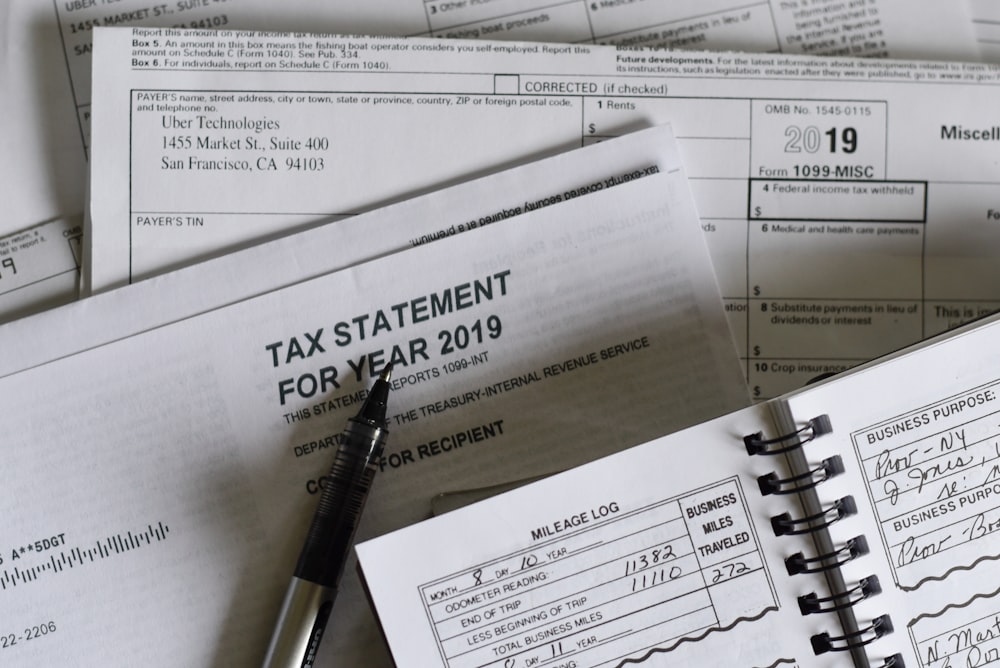Income Tax Planning Guide for FY 2024-25

Income Tax Planning Guide for FY 2024-25
Income tax planning is crucial for individuals and businesses looking to legally minimize their tax burden. This comprehensive guide covers the most effective strategies for the financial year 2024-25.
1. Understanding the Latest Tax Slabs
The FY 2024-25 includes important updates to the tax slabs and rates. Taxpayers now have the option to choose between the old regime with deductions or the new simplified regime.
| Income Range (₹) | Old Regime Rate | New Regime Rate |
|---|---|---|
| Up to 2.5 lakhs | Nil | Nil |
| 2.5 lakhs to 5 lakhs | 5% | 5% |
| 5 lakhs to 7.5 lakhs | 20% | 10% |
| 7.5 lakhs to 10 lakhs | 20% | 15% |
| 10 lakhs to 12.5 lakhs | 30% | 20% |
| 12.5 lakhs to 15 lakhs | 30% | 25% |
| Above 15 lakhs | 30% | 30% |
2. Effective Tax Saving Investments Under Section 80C
Section 80C allows deductions up to ₹1.5 lakhs for investments in specified instruments. Here are some effective options:
- Equity-Linked Savings Schemes (ELSS): Offers potential for higher returns with a lock-in period of only 3 years
- Public Provident Fund (PPF): Provides tax-free interest and long-term security
- National Pension System (NPS): Additional deduction of ₹50,000 under Section 80CCD(1B)
- Tax-Saving Fixed Deposits: Safe option with a lock-in period of 5 years
- Unit Linked Insurance Plans (ULIPs): Combines insurance coverage with investment
3. Strategies for Salaried Employees
Salaried individuals should optimize their salary structure by:
- Utilizing House Rent Allowance (HRA) benefits
- Claiming Leave Travel Allowance (LTA)
- Maximizing deductions for professional tax
- Obtaining tax benefits on medical reimbursements
- Using standard deduction of ₹50,000
4. Deductions Beyond Section 80C
Look beyond Section 80C for additional tax benefits:
- Section 80D: Health insurance premiums (up to ₹25,000 for self and family, additional ₹25,000 for parents)
- Section 80E: Interest on education loan (no upper limit)
- Section 80G: Donations to specified charitable institutions
- Section 80TTA: Interest on savings account (up to ₹10,000)
- Section 24: Interest on home loan (up to ₹2 lakhs for self-occupied property)
5. Special Considerations for Business Owners
Business owners and professionals can reduce their tax liability by:
- Maintaining proper books of accounts
- Claiming all eligible business expenses
- Choosing the right presumptive taxation scheme under Section 44AD/44ADA if applicable
- Planning advance tax payments to avoid interest penalties
- Separating personal and business expenses
6. Common Mistakes to Avoid
Watch out for these common pitfalls:
- Last-minute tax planning
- Ignoring tax implications while switching jobs
- Not reporting all income sources
- Missing out on carry-forward of losses
- Investing solely for tax benefits without considering financial goals
7. Tax Planning Calendar
Follow this timeline for effective tax planning:
- April-June: Review previous year's tax returns and plan investments
- July-September: Start systematic investments in tax-saving instruments
- October-December: Review investment portfolio and make adjustments
- January-March: Complete pending investments and gather all tax documents
Conclusion
Effective tax planning requires a comprehensive approach that considers your overall financial goals, not just tax savings. At TaxFyling, we provide personalized tax planning services to help you optimize your tax liability while ensuring compliance with all regulations.
Contact our tax experts today for a detailed assessment of your tax situation and tailored recommendations.
Need expert advice on this topic?
Our financial experts can provide personalized guidance for your specific situation.